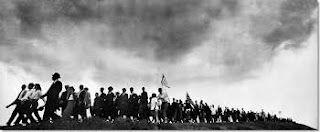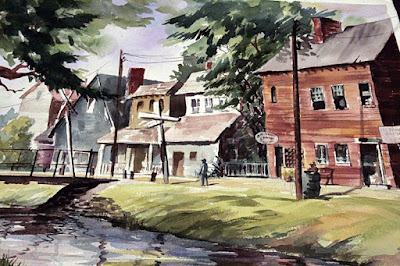Text Analysis prompt
Provide a text analysis, relying on close reading, and focussed on the literary and cultural aspects that you find more relevant. Write in every other line and no more than 3 pages. Suggested topics : theme(s) and structure; importance of the text within the context of the author’s work and time; subject of the enunciation; point of view and effect upon the reader/addressee; rhetoric and linguistic devices and language tropes (descriptive or lyric manner, figures of speech, symbolism, innovation / surprising markers, deictics, collocations, or pattern traces within the author’s work); intertextuality with texts studied in this class or others. Model, based on "Slavery's Pleasant Homes" from “The Fatal Hour” to “bretheren of the South” This excerpt from Lydia Maria Child’s “Slavery Pleasant Homes” presents us with the conclusion of the short story, where the myth of the “peculiar institituion” of slavery as extended family is de...






